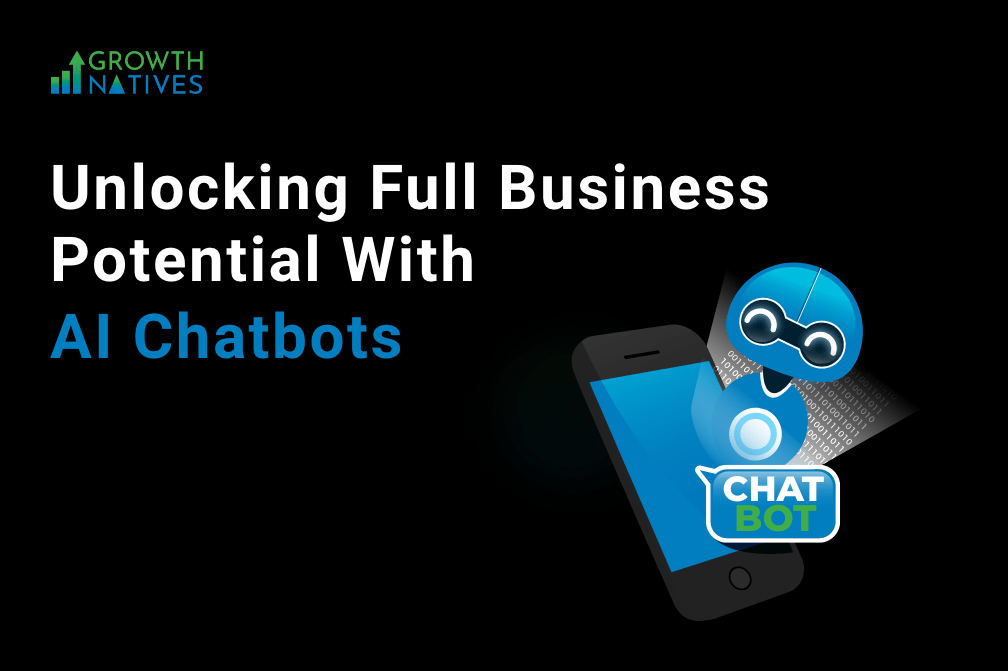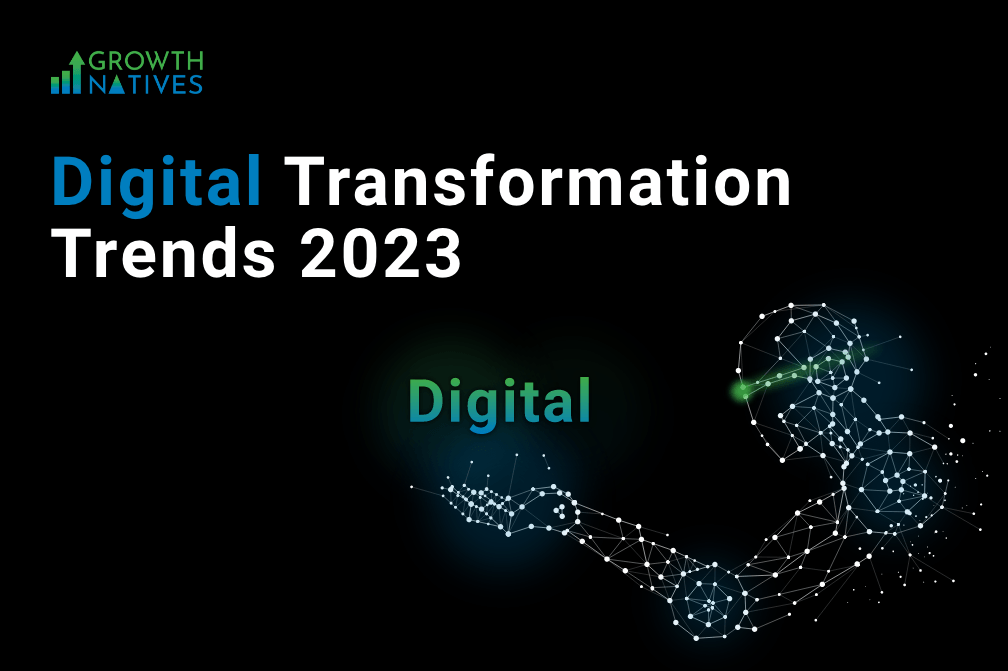
An Effective Demand Generation Strategy: Using Lead Magnets and Customer Segmentation
By Sakshi Arora
Dec 15, 20224 min read
Today, one of the biggest challenges for brands is to create demand for their products and services. Due to this, demand generation, commonly referred to as "demand gen," has gained widespread recognition among both B2B and B2C businesses.
However, demand generation is not about forcing your customers or manipulating them into buying things they don’t actually need. Rather, it is about giving relevant information to the targeted people at the right time while being confident that what you are delivering is the ideal match for your consumers' demands.
Though lead generation and demand generation marketing are very much alike, creating a strategy for it takes time. It includes a variety of touchpoints, events, and campaigns, and basically whatever your brand does to create buzz, awareness, and recognition.
But how does integrating lead magnets and customer segmentation help drive demand generation?
In demand generation, you must guide your buyers along the awareness stages—phases of the buyer’s journey that make them aware about your products and services. Using lead magnets and customer segmentation is an important part of that process. In this blog post, we will walk you through each and everything about how you can use lead magnets and customer segmentation as an effective demand generation tactic.
What Are Lead Magnets?
Lead magnets are free resources you provide to your audience as an incentive to give you their contact information. Many individuals have preconceived ideas about lead magnets and are unaware that they can take many different forms.
But it must be valuable. You will boost the likelihood that potential clients will exchange contact information with you by offering them something of value (usually name and email address). Lead magnets serve as incentives for leads so you can get in touch with them.
They provide people the chance to discover more about a company and determine whether it would be a good fit for their requirements.
What Is Customer Segmentation?
To personalize buying experience, customer segmentation is the process of splitting both current and prospective consumers into groups based on specified criteria. Prospects can be divided based on a variety of variables such as:
- Age\ Gender\ Personality
- Income\ Interests
- Spending Patterns
Additionally, you can divide them into smaller groups based on traits that are relevant to your marketing objectives.Simply put, segmentation enables you to target and connect with your audience in a way that is more relevant to them.
Customer segmentation can take many different forms (such as behavioral or lead type) and has multiple benefits.
Integrating Lead Magnets and Data Segmentation for Effective Demand Generation
Let's be clear about one thing: lead magnets can be anything valuable. However, this does not imply that all lead magnets are used effectively.
If you want it to be a useful lead generating tool, it's not just about sharing information in exchange for contact information. It's also about what you do with this information once you have it.
You can better serve your audience by understanding their interests with the use of lead magnets.
How?
At various points along the buyer's journey, potential consumers are interested in different types of lead magnets. To design a lead magnet that appeals to this, segment your consumer data, ascertain their level of awareness. Otherwise, you risk offering potential customers something that is inappropriate for them and they won't eat it.
At some phases of awareness, you can produce a useful lead magnet with a little reverse engineering skill. Along the way, it will also assist you in learning more about your future clients.
As we previously stated, the ultimate purpose of using lead magnets is to track where your audience is in their unique customer journey, not to collect contact information from customers.
You must take the awareness stages and their issues into account to accomplish this.
Using data segmentation, you can identify the best solutions, which will help you develop the lead magnet that will best suit this demographic. To move individuals along the buyer journey, we advise using at least one lead magnet for each stage of awareness.
Conclusion
There is no question that lead magnets and customer segmentation are effective. However, you must thoroughly understand how to use them in your marketing plan.
Experience has taught us that lead magnets and data segmentation are not being fully utilized by enterprises. They may help you determine where your potential consumers are in the purchasing process as well as help you build your contact list. By being aware of this, you can customize the shopping experience for the right customer at the right time.
Need Help with Demand Generation Using Lead Magnets and Customer Segmentation?
Our experts at Growth Natives can help your business with every step of the demand generation strategy. Reach out to us at info@growthnatives.com.




